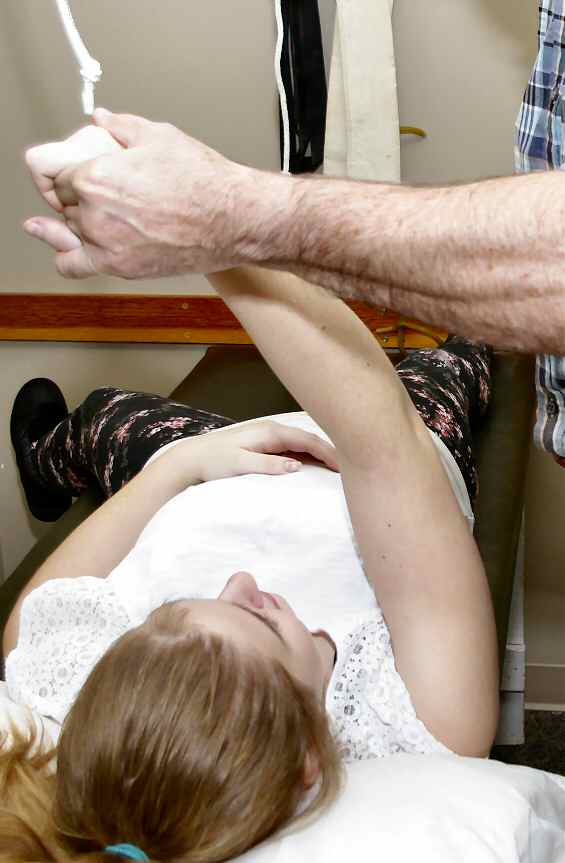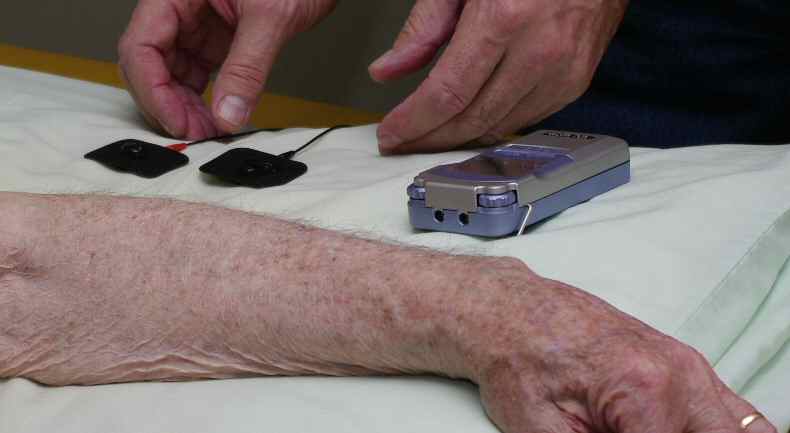Services - Pain
Chronic Pain Treatment
Chronic Pain
About 15% of Canadians suffer from persistent or chronic pain. Chronic pain is pain that persists for weeks, months or years. Persistent pain often starts with a minor injury or illness, but instead of the pain getting better as the injury heals, the pain persists. Over time, the pain makes it increasingly difficult to move, work and enjoy a normal life. Simple things like touching the skin, stretching, or moving muscles becomes excruciatingly painful.
What causes it?
Chronic pain is not imagined or exaggerated but likely caused by a rewiring of the nervous system. Take for example, touching the skin lightly. This usually does not hurt when the nervous system is working normally. The nerves send a message of light touch to the brain that is processed as normal light touch. But this system is not hard-wired. With persistent pain, the system somehow gets rewired and the messages from the skin now send pain signals instead of touch signals. The brain can also rewire. Instead of processing the information from the skin as normal the brain now processes the information as a pain.
Fibromyalgia
Fibromyalgia-related pain is pain that causes you to ache all over. You may have painful "tender areas," places on your body that hurt no matter what medication you take. Your muscles may feel like they have been overworked or pulled even though you haven't exercised. Sometimes, your muscles will twitch. Other times they will burn or ache with deep stabbing pain. Some patients with fibromyalgia have pain and achiness around the joints in their neck, shoulders, back, and hips. This kind of pain makes it difficult to sleep or exercise.
Research suggests that the pain associated with fibromyalgia is caused by a "glitch" in the way the body processes pain. This glitch results in a hypersensitivity to stimuli that normally are not painful.
Fibromyalgia's chronic pain seems unending. The ongoing headaches, neck pain, aching joints, and painful tender points prevent sleep, causing you to awaken frequently at night. The chronic sleep disorder of fibromyalgia results in increased achiness, morning stiffness, and daytime fatigue. While you want to exercise and be active, you may suffer with foot pain, hip pain, knee pain, or other painful joints. All of these make it next to impossible to exercise with friends or to play with your kids or grandkids.

Physiotherapy can help fibromyalgia patients manage their daily living with less pain and generally make life more enjoyable. People with fibromyalgia pain are often caught in a vicious cycle: Pain and fatigue prevent them from being active and exercising, but inactivity can trigger more pain and fatigue.
Increasing flexibility and strengthening muscles through a maintainable exercise routine are two important ways physiotherapists reduce fibromyalgia pain and make life more manageable. Options include:
- Stretching. By increasing flexibility through stretching, tight, stiff muscles loosen up, providing fibromyalgia relief. Your physiotherapist can instruct you on the proper way to stretch muscles, tendons, and ligaments. The National Pain Foundation recommends keeping the number of repetitions low — 5 to 10. Holding a stretch for 30 to 60 seconds is good for large muscle groups, with possibly only one to two reps necessary.
- Aerobic exercise. Low-speed and low-impact activities are best. Stationary bicycles and elliptical machines are usually less stressful on the joints.
- Aqua therapy. Swimming and other water exercises are excellent for fibromyalgia patients. The buoyancy of the water can lessen stress on muscles and joints and improve flexibility. A heated pool may be especially beneficial because the heat can soothe sore muscles.

Transcutaneous electrical nerve stimulation (TENS) stimulates nerve fibers and can decrease fibromyalgia pain. TENS helps:
- Block pain signals to the spinal cord.
- Release the body’s own natural pain-killing chemicals.
- Improve local circulation and gently contract muscles for healing and relaxation.
Massage therapy is also helpful in relieving muscle spasms or soreness, but is best used in combination with stretching, strengthening, conditioning exercises, and lifestyle modification, rather than as a standalone therapy.
Service Links
Physiotherapy
